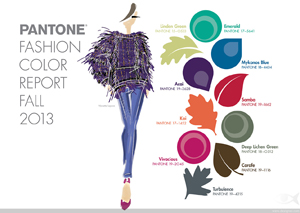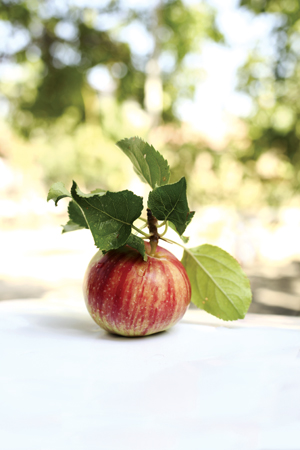Q. The leaves on my red leaf and butter lettuce plants are riddled with holes. On a closer look, I’ve found these light green- colored worms feeding on the plants. How can I prevent these critters from eating my salad before I have a chance?
Ans. This small, light green worm is called a Looper. The adult lays its eggs during the morning hours that hatch into the worm. They’re active now through the spring. Besides lettuce, they feed on cabbage, cauliflower, broccoli, collard, and many other cool season vegetables. Loopers complete the potential for a year round cycle of worm problems in Bay Area vegetable and flower gardens.
During the summer months, you’ll find the large Tomato Hornworm. These worms are often called caterpillars. It gets its name from the curved protrusion on the end of its body. Budworm is found on the buds and/or the open flowers of petunias, geraniums, and flowering tobacco. A caterpillar, looper, hornworm, or budworm is the larva stage of a specific type of moth. They have only one purpose, and that is to eat. After feeding on the plants they drop to the ground and go into another stage of their life cycle. Eventually, they emerge as adults.
It’s recommend to inspect the host plants often and treat the problem early on. Spinosad is the recommend control when a large number of worms are present as they kill on contact. They’re also easy to control with Bt but you have to be persistent with several applications. Bt is best applied when just a few worms are present. When ingested the critters get a fatal case of the stomach flu. Hence they continue to feed for a few more days. Spinosad and Bt are both a non-toxic and organic solution for edibles and non-edibles. They are available at most garden centers under many different brand names, so ask the nursery professional for the products at your favorite garden center.
Q. What causes the deep cracks on the surface of my Beefsteak Tomatoes and why do they take so long to ripen?
Ans, The cracks or depressions along the face of a tomato are a physiological disorder called Cat Face. It is very common in many of the Heirloom varieties as well as with old standards like Beefsteak. There’s not one absolute cause of Cat Face, but several factors do increase the risk of the tomato disorder such as inconsistent temperatures and genetics. We don’t find this problem in the newer hybrid varieties as breeding has eliminated the problem. There are two types of Cat Face. One produces cracks radiating from the stem end down the fruit while the other forms concentric circles around the stem. There is no recommend solution for this physiological disorder. They are still very edible even with this problem. Beefsteak is the latest ripening tomato variety in the Bay Area. It’s not unusual for them to ripen in September, depending on the summer temperatures.
Buzz Bertolero is Executive Vice President of Navlet’s Garden Centers and a California Certified Nursery Professional. His web address is www.dirtgardener.com and you can send questions by email at dirtgarden@aol.com or to 360 Civic Drive Ste. ‘D’, Pleasant Hill, Calif. 94523 and on Facebook at Facebook.com/Buzz.Bertolero










